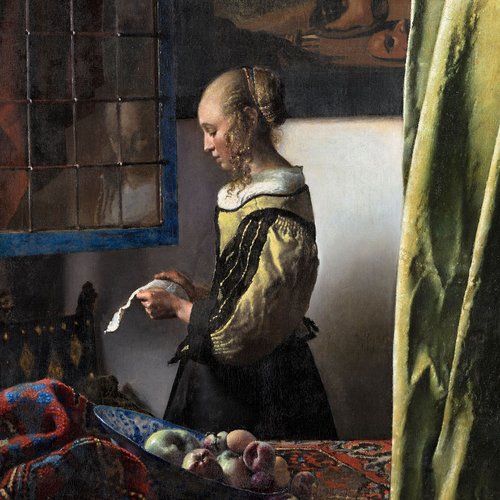Bio 1
Rudolf Bergander, born in 1909, learned the craft of porcelain painting in Meissen. In 1928 he joined the Communist Party, and two years later he became a member of the Assoziation Revolutionärer Bildender Künstler Deutschland (Association of Revolutionary Visual Artists of Germany, ASSO). After only three semesters he was already working in Professor Otto Dix's painting class. What has hardly seeped into the public domain until now is documented in the German Federal Archives: a few days after the beginning of the war, on 12 September 1939, Rudolf Bergander applied to become a member of the NSDAP; his membership number was 79370041940. In 1940 he participated for the first time in the Große Deutsche Kunstausstellung (Great German Art Exhibition) in the Haus der Deutschen Kunst (House of German Art) in Munich, presenting the now lost painting “Trommel und Fahne” (Drum and Flag, Fig. 03), a picture whose formal aesthetics and motif clearly promoted the ideology of the Nazi dictatorship. Two members of the Hitler Youth are portrayed in a choreographed scene, waving a flag and twirling drumsticks.
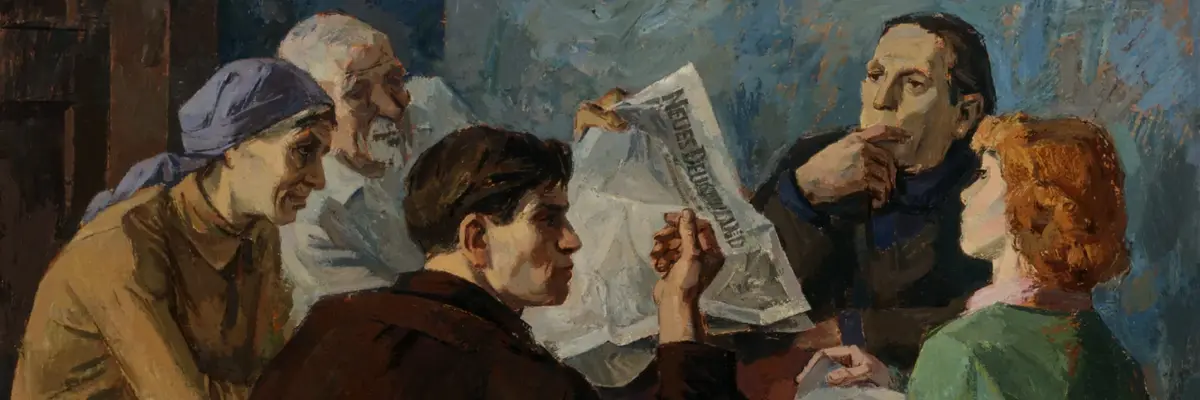
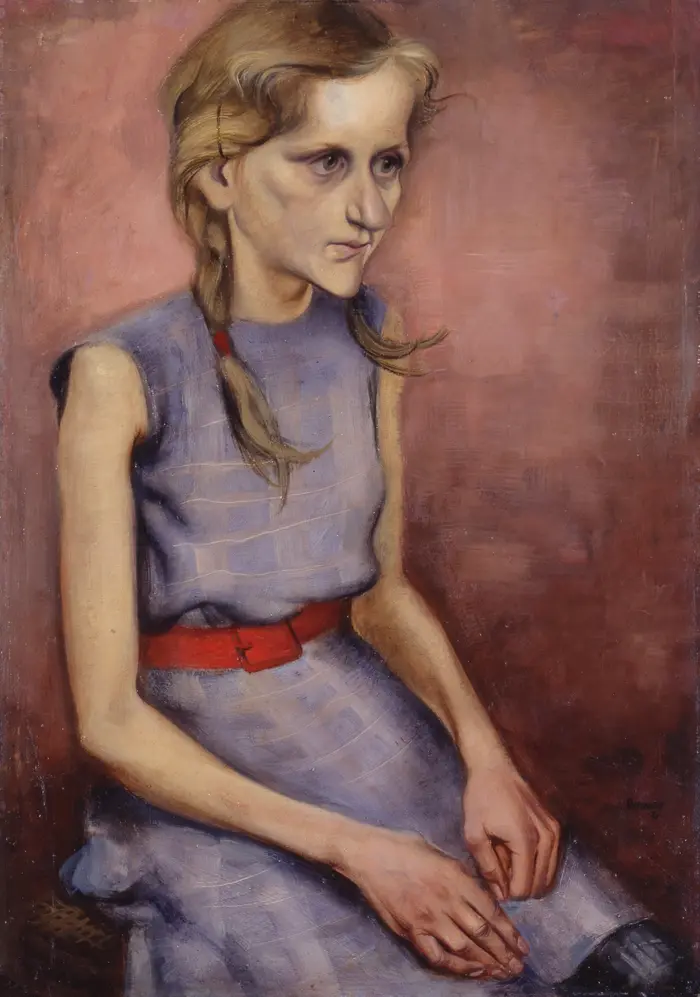

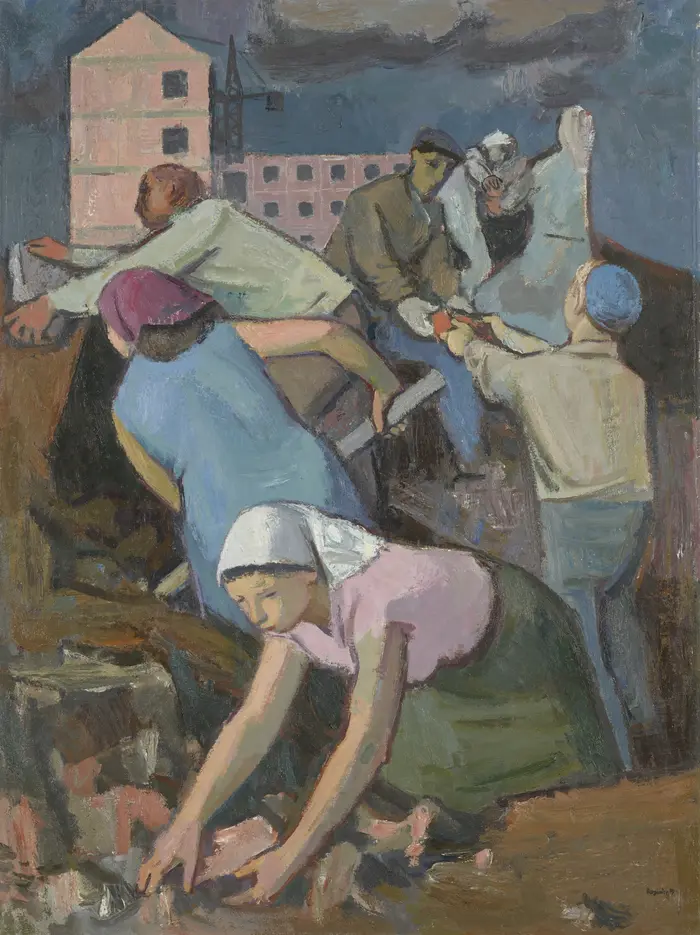
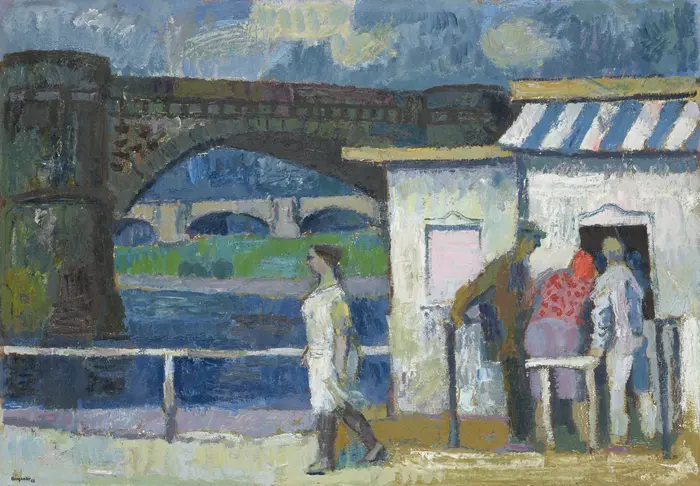

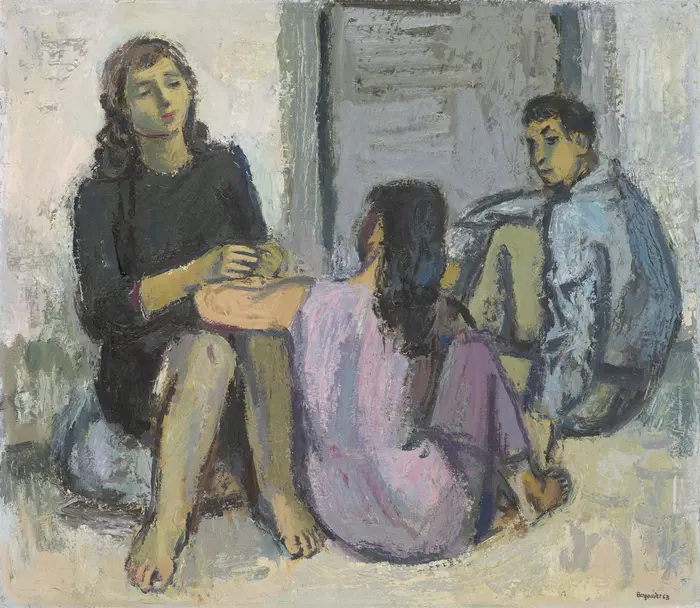
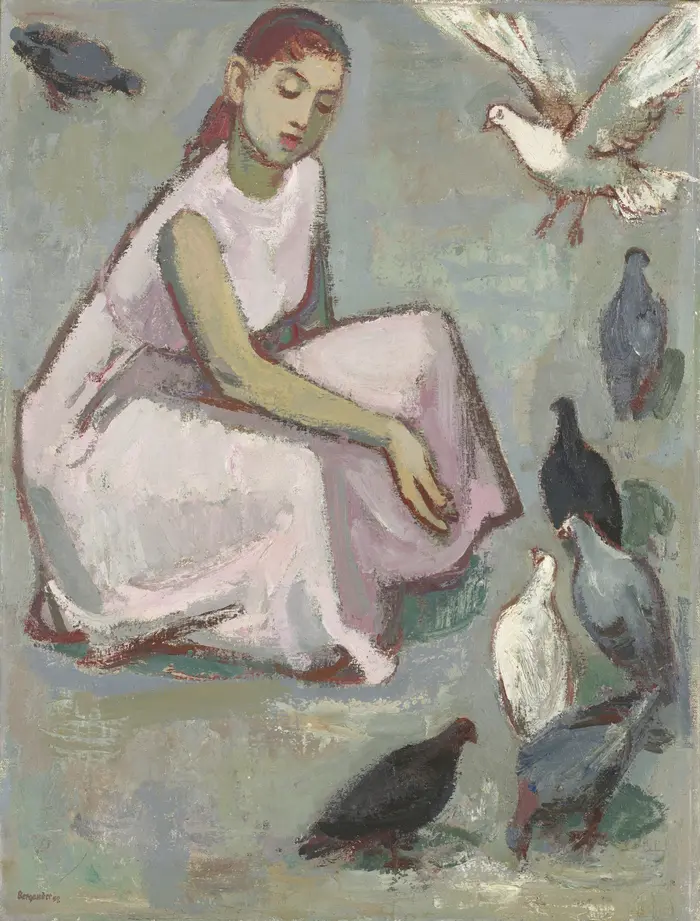
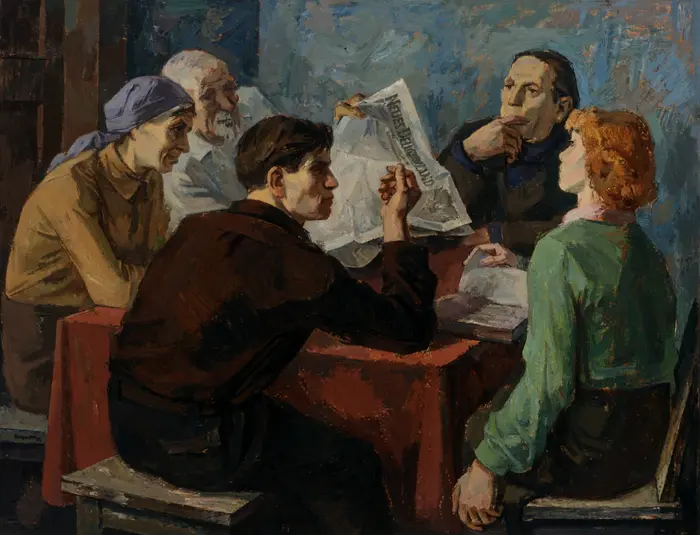


![[Translate to English:] [Translate to English:]](/fileadmin/_processed_/1/4/csm_Oskar_Zwintscher__Bildnis_einer_Dame_mit_Zigarette__1904_1e5932270e.jpg)
![[Translate to English:] [Translate to English:]](/fileadmin/_processed_/d/4/csm_202111_skd_inv_thronsaal_06_b_1f2528abc6.jpg)

![[Translate to English:] Damaskuszimmer reich verzierte Holztür mit Fenster](/fileadmin/_processed_/e/8/csm_museumvoelerkundedresden-damaskuszimmer-ausstellungsteaser_portal_bafc63a688.jpg)
